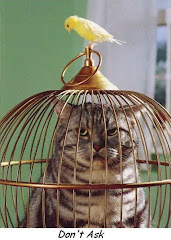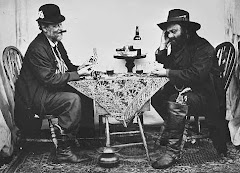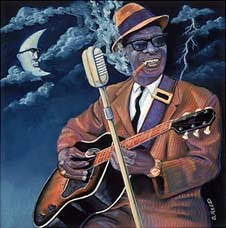We went with another couple on a cruise to Mexico on Holland America, the “Osterdam”, from San Diego; Mazatlan, Puerto Vallarta, and Cabo San Lucas. We celebrated our 30th wedding anniversary along with the 30th wedding anniversary of our friends. We really enjoyed the trip, which exceeded our expectations. One of the first things to consider about this trip, is that parking is expensive, $15 a day, next to the cruise terminal, or $10 a day a little farther away. Embarkation was easier than anticipated, still had to have our luggage screened and go through the metal detectors, but it was easier than going through the airport. Anything that would normally be non-lethal or prohibited, was held for you until the end of the cruise. Outside of that, the cruise was fantastic.
We were not sure what our days would be like and if there was much of anything to do that would not become uninteresting after the first day. There was a lot to do, every day. You get a daily itinerary of activities to attend or sign up for and some hours had more than one activity at the same time. The activities started early, before 7am in some cases and ended late, after midnight, so there was a lot to choose from. There were all kinds of shows and acts every night and they have a small casino, with an electronic poker table for poker tournaments and regular poker games. (
Cruise Poker)
We went dancing every night and they had several dancing areas. They had spas and sports and fitness areas also, and a couple of pool areas. Many people took the time to take a walk around the ship or just sit out in deck chairs and watch the ocean go by or the sun go down or sit inside and read and/or listen to the string quartet or watch sports in the bars. It was as relaxing or strenuous as you wanted.
We were unsure of how the meals and drinking actually worked. Being a poker player, there is a quote, “The person who invented Poker was smart, the person who invented the Chip, was a genius”. The same principle applies to money on the cruise as you really don’t need to carry any. Everything is charged to a cruise card, which you get when you check-in. Everything you would need to use money for is taken care of with the card and you can easily lose track of how much you are spending for drinks, tips, shopping, etc. The meals are, for the most part, free. They have a buffet for breakfast, lunch and dinner, if you don’t want to eat in the dinning room for dinner. I liked the dress code for the dinning room, shirt with collar and slacks, except on the “formal” nights, where you could go the buffet if you didn’t bring a coat and tie.
This Mexican Riviera Cruise was probably easier on the pocket book for excursions than some of the ones I had heard about for other cruises. Most of the excursions were short, up to 4 or 5 hours at the most and reasonably priced. You don’t really get much time to experience any real flavor of the port or city. Fortunately we also have a timeshare, which lets you stay in one location for a later vacation to any of the ports we stopped in. We usually prefer Mazatlan, but Puerto Vallarta had changed so much from the last time we were there that it will be a future vacation for us. Cabo also changed a lot also, but we like the water temperature better in Mazatlan, it’s like a warm bath, and Mazatlan has the record for the largest ocean fish caught. Cabo and Mazatlan have an annual contest for sports fishing. The limited time for being in port has a side benefit. It allows you to take more cruises to the same destinations and use different excursions.
Tipping, is not necessary, except for the bar items, drinks, etc. and they included $11 per day per person for all the tips for the cruise, which makes it painless. You can tip your cabin stewards extra if you want. Disembarkation was also painless. You were assigned a color and number for your luggage, which also coincided with the time you were likely to disembark. Every one was off the ship by 10:30 am.











